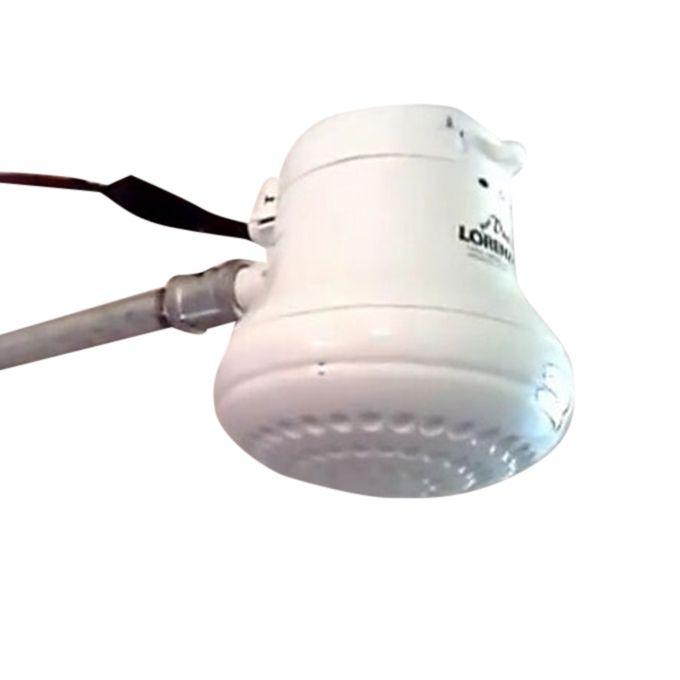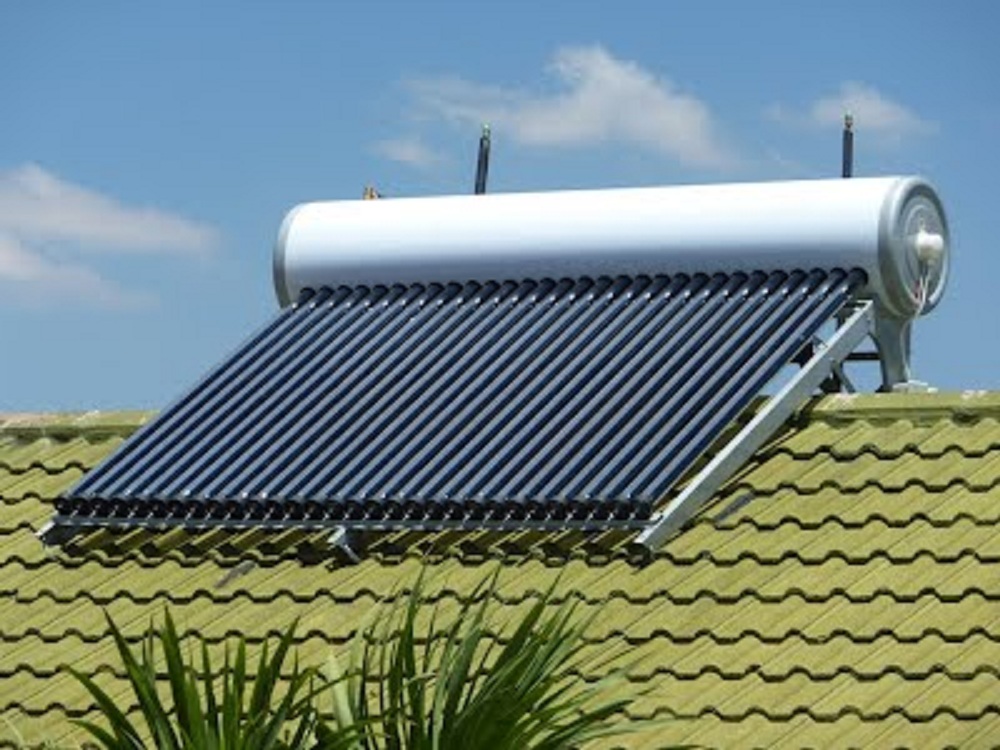We all love showers, and we love them hot, or more precisely, warm. Instant hot showers are loved for just that. In the age where we want all things instant, instant hot water shower is the instantest of all. Just a flip of the switch and one enjoys water which is not cold, at least.
But this dearly loved device is a scam. For some reasons, I never get to understand what goes inside the head of the shower. I heard someone who used it for the first time claim that the water was both hot and cold at the same time. I had never made such an observation, but I immediately agreed that such a phenomenon exists. Instant hot showers have the following shortcomings:
- Risk of electric shock. Faulty wiring would deliver 240 Volts down your body. This is rare, but I have seen it happen.
- Water is both hot and cold. You have to solve a complex matrix in order to maintain water at the same temperature.
- It is a major power guzzler. Instant shower can account up to 50% of all electricity costs in a small household.
- It cannot work under low pressure. Water at low pressure may lead to the shower being too hot to use, or worse, the shower might not heat.
- Short life span, especially if it is a fake brand.
- Their use might be coming to an end, as the government might consider banning them. This is according to a ministry of energy consultant.

One solution to instant water heaters is use of solar water heaters. These have the capacity to heat considerable volumes of water at very low costs, and their costs is cheaper in the long run. Not only are they maintenance free, but they also can deliver high volumes of water since they have water reservoirs attached.
In Kenya, solar water heater with a capacity of 200 litres cost approximately KES 50,000 (USD 500). Once installed on the rooftop or any other convenient place, they can serve effectively for up to 20 years. Their water tank is insulated to minimize heat losses, enabling them to store hot water for up to 72 hours. In Kenya, there is the Solar Water Heating regulation that requires all buildings with a consumption of more than 100 l of hot water per day.
Wondering what happens during the rainy season or non- solar day? No problem. These solar heaters have a secondary electrical heating element, which allows water to be heated directly from the mains.



What do you think?